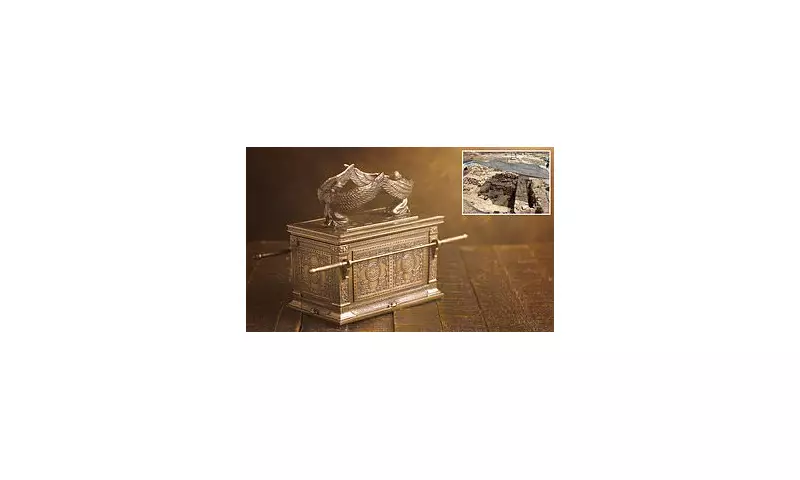
Archaeologists may have made a groundbreaking discovery that could rewrite biblical history. A team claims to have uncovered evidence pointing to the possible location of the fabled Ark of the Covenant, one of Christianity and Judaism's most sacred relics.
The artifact, described in the Book of Exodus as containing the stone tablets inscribed with the Ten Commandments, has been lost for millennia. Now, researchers believe they've found clues to its whereabouts in a surprising location.
The Mysterious Relic That Captivated Generations
According to biblical accounts, the Ark was a gold-covered wooden chest constructed at God's command to house the sacred commandments. It disappeared after the Babylonian conquest of Jerusalem in 587 BCE, spawning countless theories about its fate.
"This discovery could be the most significant archaeological find relating to the Bible in our lifetime," said one researcher involved in the project, who spoke on condition of anonymity.
Modern Technology Meets Ancient Mystery
The team employed advanced ground-penetrating radar and other non-invasive techniques to examine a site they believe may contain the Ark or evidence of its past location. While details remain confidential, preliminary findings suggest the presence of a hidden chamber matching historical descriptions.
Religious scholars remain divided, with some calling for caution until more evidence emerges. "Extraordinary claims require extraordinary proof," noted biblical archaeologist Dr. Sarah Cohen. "While intriguing, we must approach this with scientific rigor."
Why This Discovery Matters
The Ark holds profound significance for multiple faiths:
- Central to Jewish tradition as God's dwelling place among his people
- Featured prominently in Christian theology
- Appears in Islamic texts as a sacred container
If authenticated, this find could provide unprecedented insights into ancient religious practices and the historical accuracy of biblical accounts.
What Happens Next?
The research team plans to publish their full findings in a peer-reviewed journal later this year. Meanwhile, the archaeological community awaits further verification of what could be the century's most remarkable biblical discovery.





